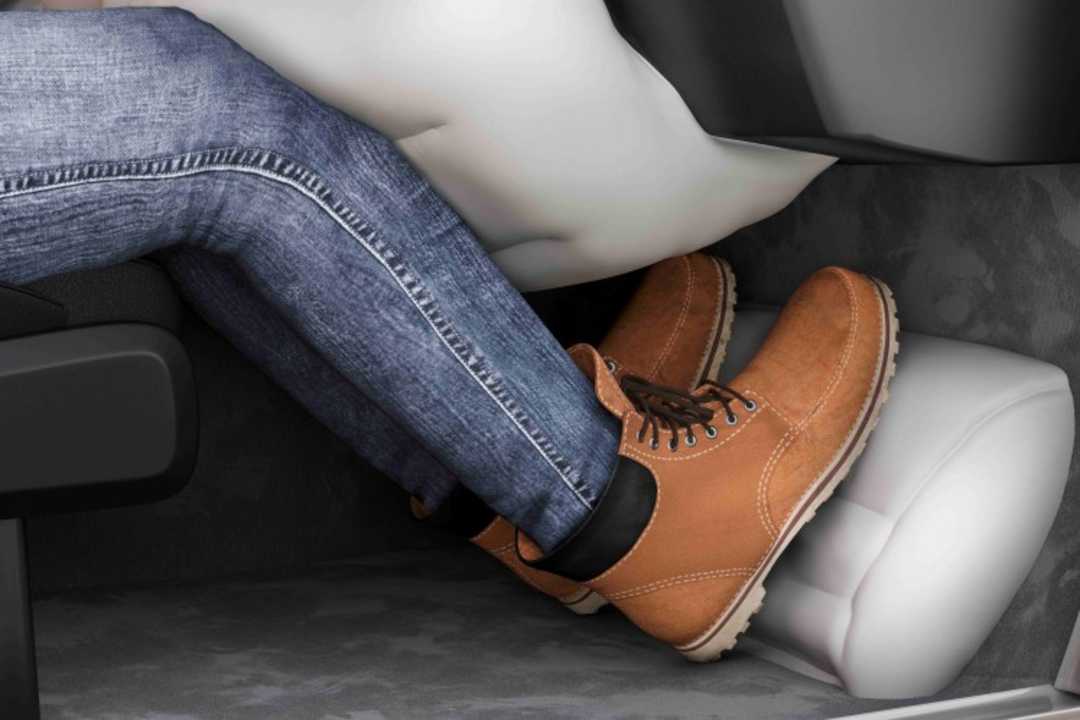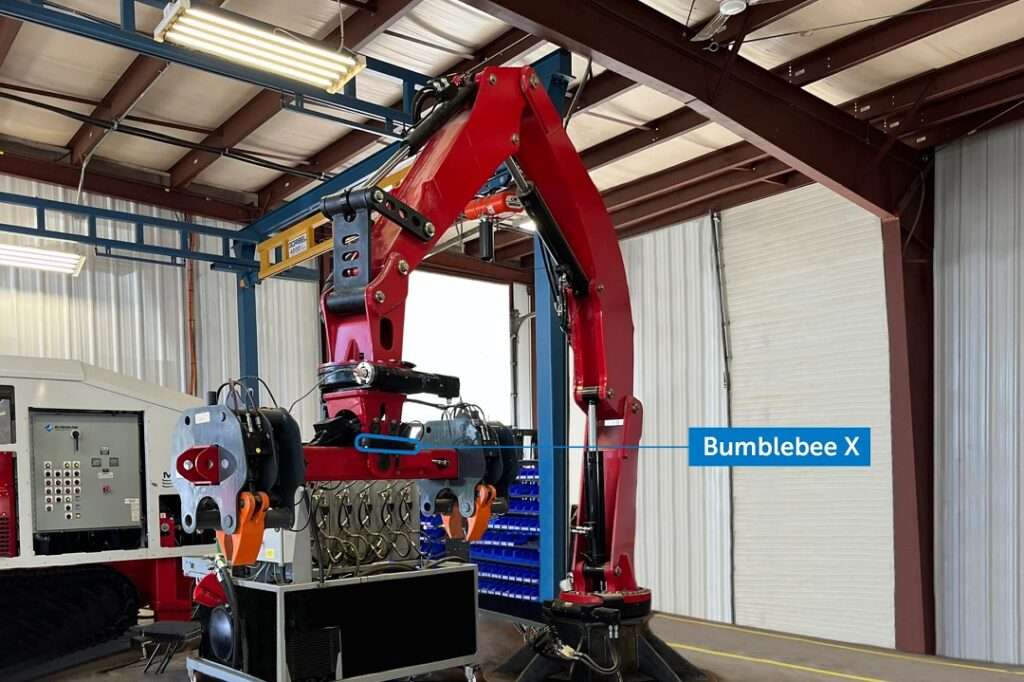ZF LIFETEC has unveiled the Active Heel Airbag, a groundbreaking innovation designed to enhance lower extremity protection in vehicles. This advanced safety feature addresses the risks posed by relaxed seating positions, where occupants push their seats further back for comfort.
In such cases, the absence of a stable heel impact point can lead to uncontrolled leg movement during a crash, increasing the likelihood of foot and knee injuries. The Active Heel Airbag inflates beneath the vehicle’s floor carpet, providing essential support to maintain a controlled knee trajectory and ensuring optimal engagement with the knee airbag—if equipped. This helps distribute crash forces more effectively through the femur, reducing injury risks.
The safety of vehicle occupants is influenced by various factors, including the position of the legs, knees, and feet. In traditional seating positions, the vehicle floor offers ample support for the feet of front-seat passengers, ensuring a stable heel strike point. This allows for a controlled knee movement and positions the knee joint optimally for deployment into the knee airbag, if available. By securing the heel in the footwell, the crash energy can be absorbed by the femur, the body’s strongest bone, helping to distribute the energy into the vehicle’s structure.
However, crash tests have revealed that when an occupant reclines their seat for added comfort, the distance between the heels and the impact point increases, compromising the connection to the footwell and potentially making the crash response less effective.
Harald Lutz, Head of Development at ZF LIFETEC, explains, “Without a defined heel strike point, the knees can’t properly engage with the airbag, reducing its effectiveness.” When this happens, the knees and legs are no longer properly supported, leading to uncontrolled movement. While the risk of fatal injury remains low, serious leg and foot injuries are highly probable without the Active Heel Airbag. Lutz adds, “The Active Heel Airbag ensures the heel strike point is maintained even in more relaxed seating positions.”
On the driver’s side, the Active Heel Airbag proves beneficial in comfort settings as well. Future applications could allow for activation via a comfort position button or camera-based monitoring systems, such as in assisted driving. By embedding the pedals, the Active Heel Airbag provides a consistent contact surface for the heel in the event of a crash, reducing the risk of injury from foot twisting or contact with sharp edges, like the brake pedal.
The Active Heel Airbag offers a significant advantage in terms of space efficiency. It integrates seamlessly into the footwell without requiring extra space. Upon impact, the airbag inflates beneath the vehicle’s floor carpet, providing heel stability during a crash. This innovative safety feature can be adapted to virtually any vehicle model globally. The Active Heel Airbag will be available starting in 2028, offering automakers a solution for adding comfort positions to their seats while enhancing safety. As a leader in lower extremity protection technologies, ZF LIFETEC continues to shape the future of passive safety.








